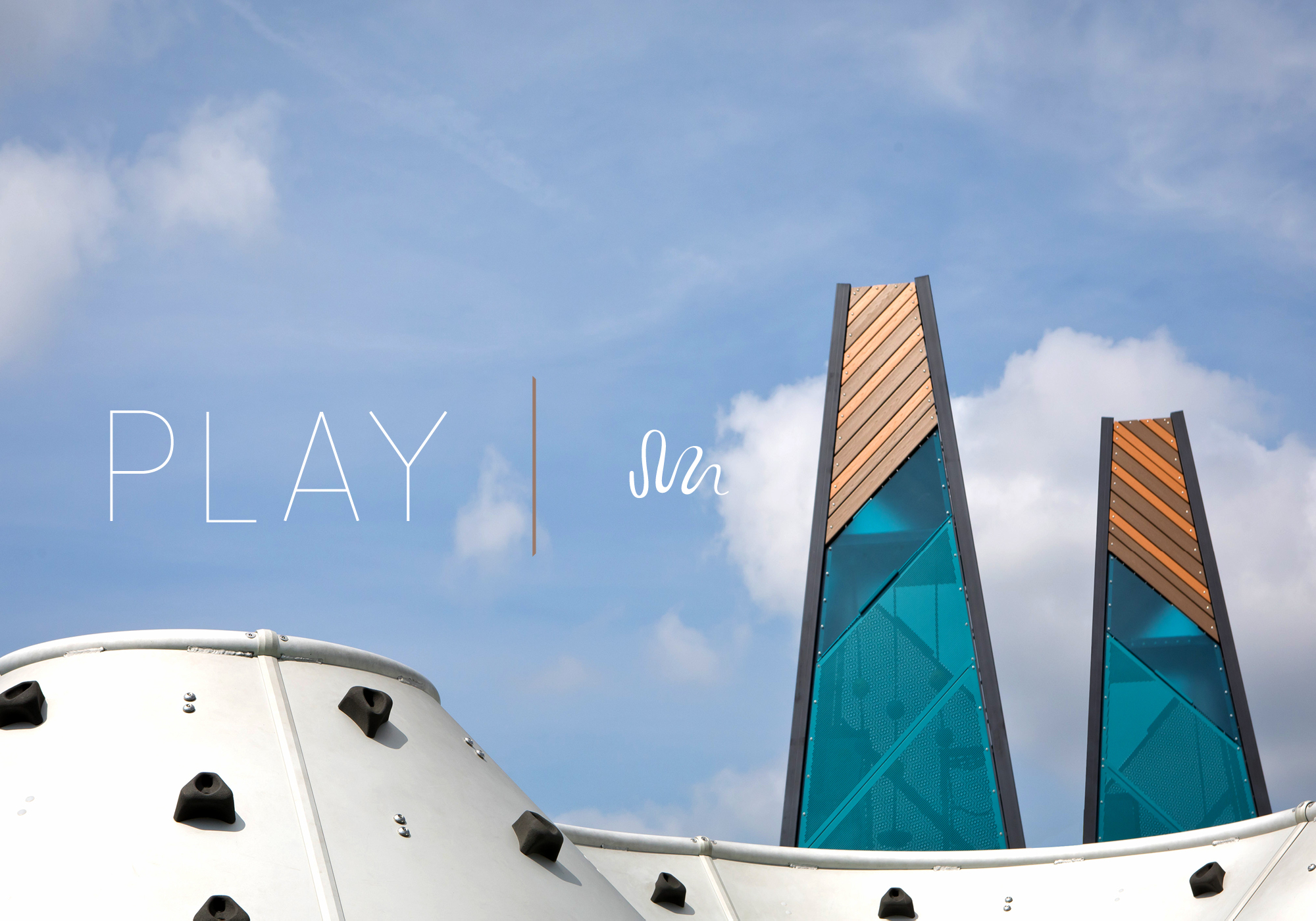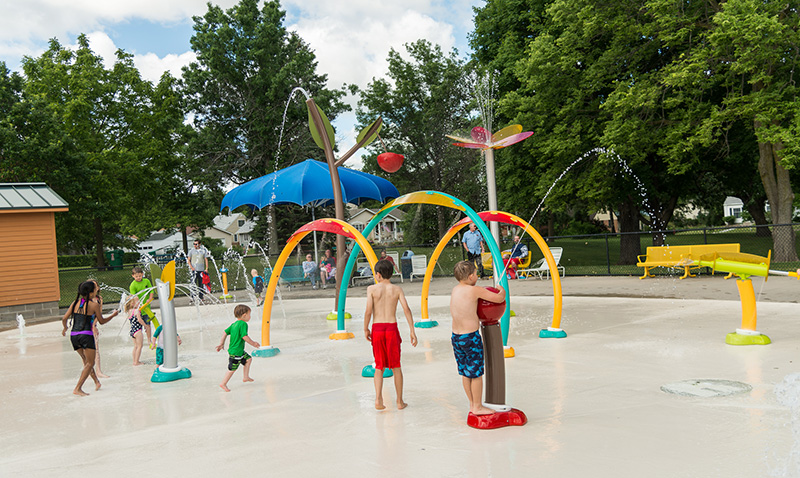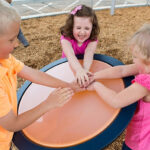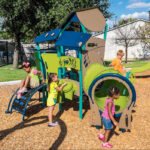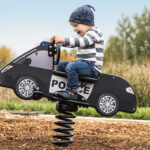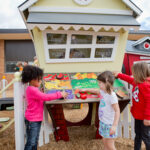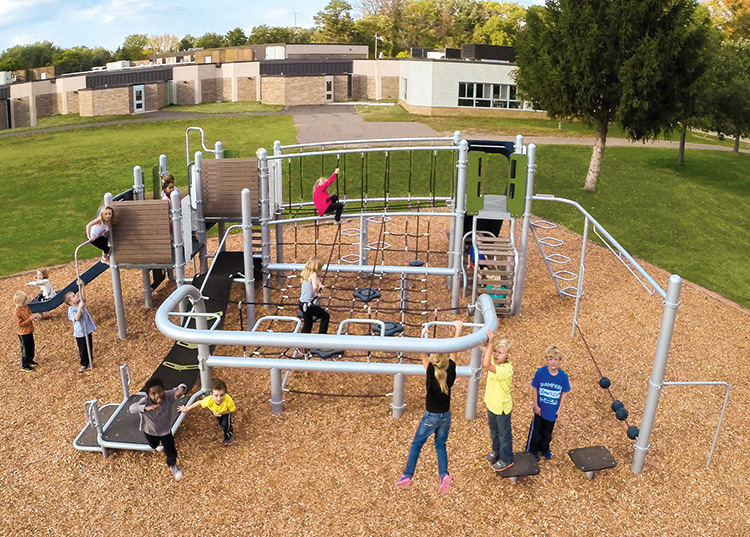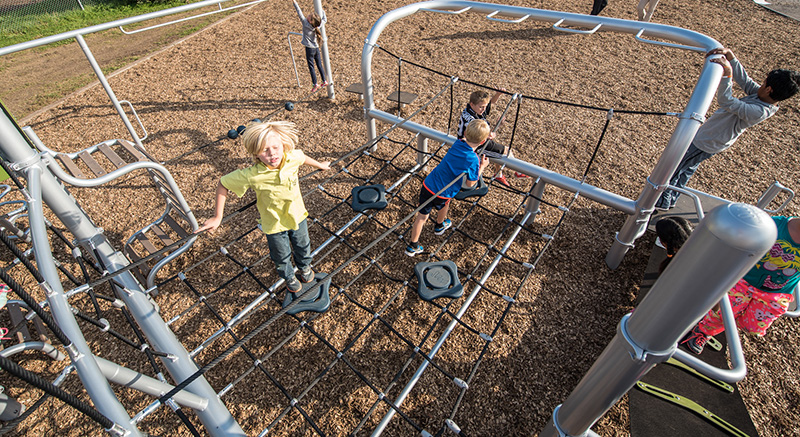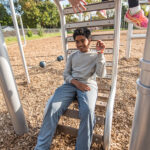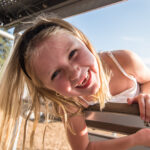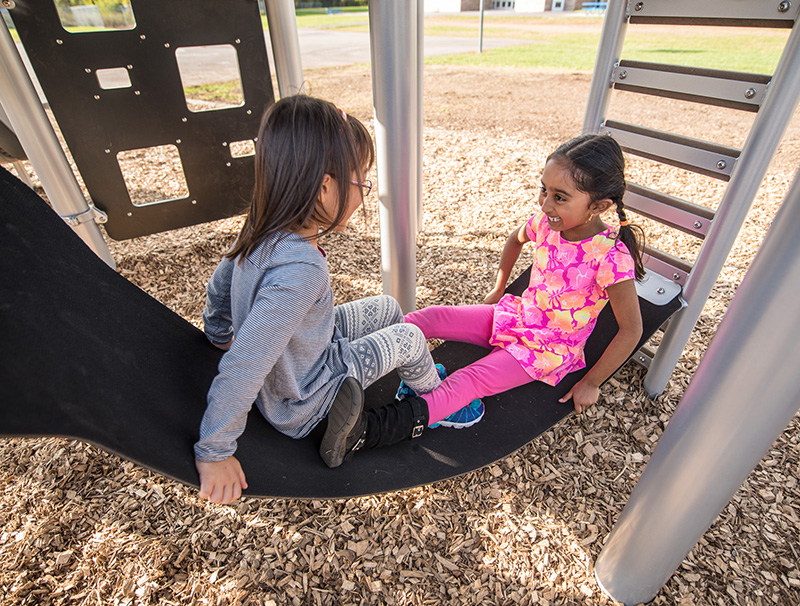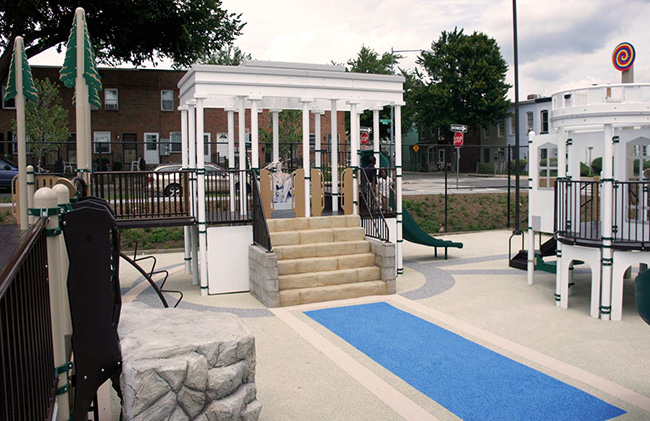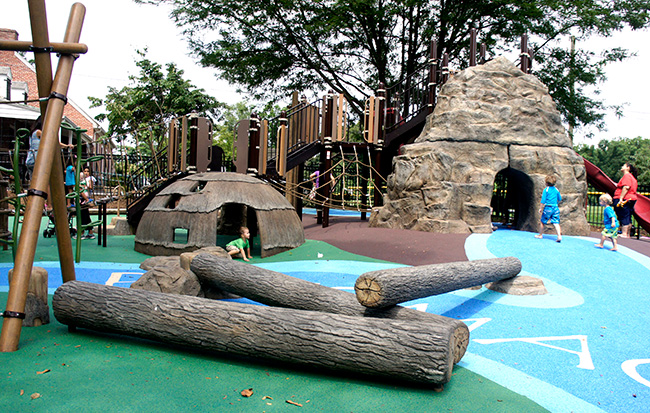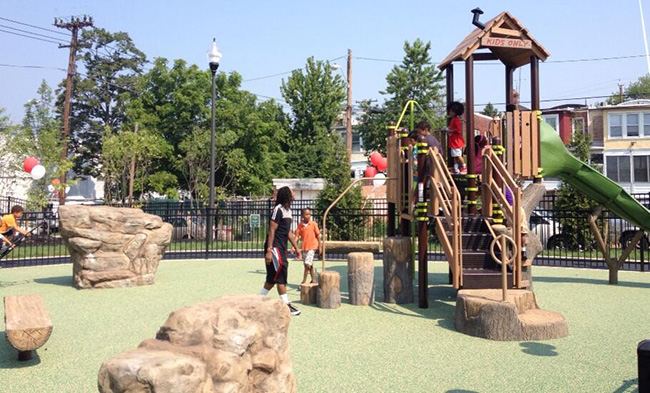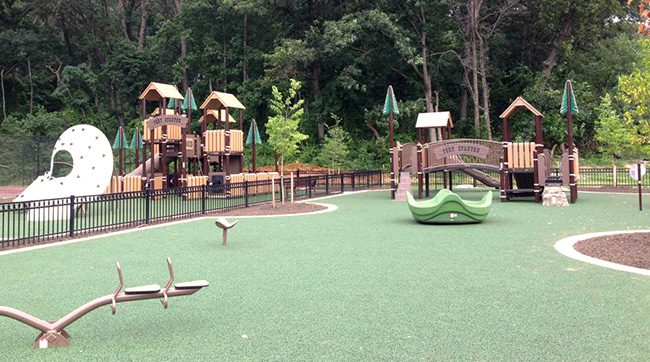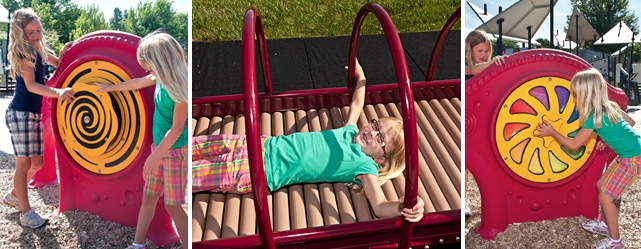At Landscape Structures, we believe play is life-changing. It sparks imagination, fosters connection and shapes who we are. That’s why we’re thrilled to unveil our 2025 Catalogs, designed to inspire communities, ignite creativity and transform the landscape of play into an unforgettable experience.
The 2025 Playground Equipment Catalog: A world of play awaits!
Discover the potential of play! Our latest catalog is packed with bold designs, innovative playstructures and freestanding favorites that bring joy to every child and community. Whether you’re designing an inclusive wonderland, a dynamic adventure play space or a cozy neighborhood playground, you’ll find endless possibilities to make your vision a reality.
What’s Inside?
- Cutting-edge playground innovations
- Versatile solutions for all play spaces
- Outdoor fitness essentials for every age
- Inspiring ideas to make play more inclusive
Flip through the digital catalog now or request your copy to keep the excitement at your fingertips!
The 2025 SkyWays® Shade Catalog: Designed for comfort & style
Play doesn’t stop when the sun is shining—it thrives! With our latest SkyWays® Shade Catalog, you’ll find stunning, functional shade solutions that transform playgrounds, splash pads and community spaces into cool, inviting retreats.
Why Shade Matters?
- Reduces heat, so play lasts longer
- Adds vibrant color and dynamic design
- Creates comfortable gathering spaces for all
Explore our virtual catalog and request your copy today to bring shade and style to your next project!
The 2025 Aquatix® Splash Play Catalog: Where water meets wonder
Water play is more than just fun—it’s an adventure waiting to happen! The 2025 Aquatix® Splash Play Catalog is filled with exciting splash pad designs that encourage imaginative, interactive and inclusive play. Whether you’re planning a breathtaking aqua playground or a refreshing community splash pad, we have the solutions to make a lasting splash!
What to Expect?
- Innovative, sensory-rich water features
- Stylish, customizable designs
- Endless inspiration to elevate splash play
Jump into our digital catalog or request your copy today to start creating unforgettable aquatic adventures!
Get Inspired. Get Started.
From thrilling playgrounds to stylish shade structures and dynamic splash pads, our 2025 Catalogs are your gateway to captivating play experiences. Whether you’re an architect, planner or community leader, we’re here to help bring your vision to life! Browse our digital catalogs now or request a printed copy to spark creativity, fuel innovation and reimagine outdoor play together!




